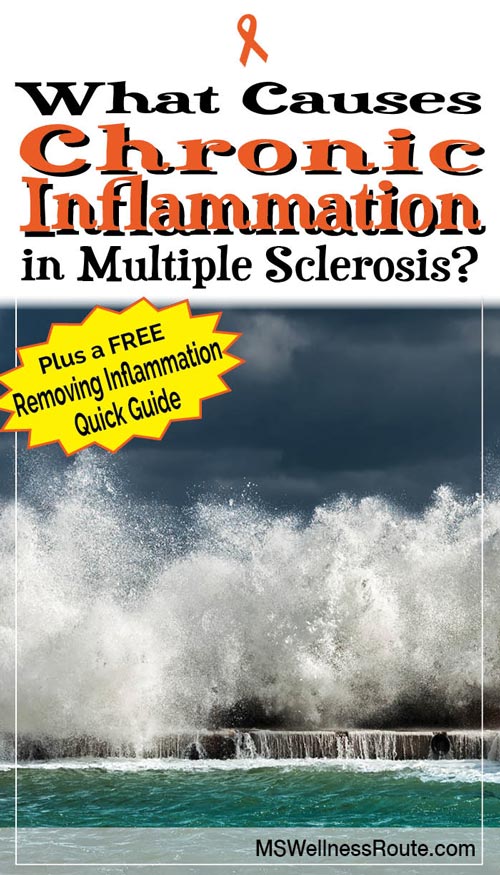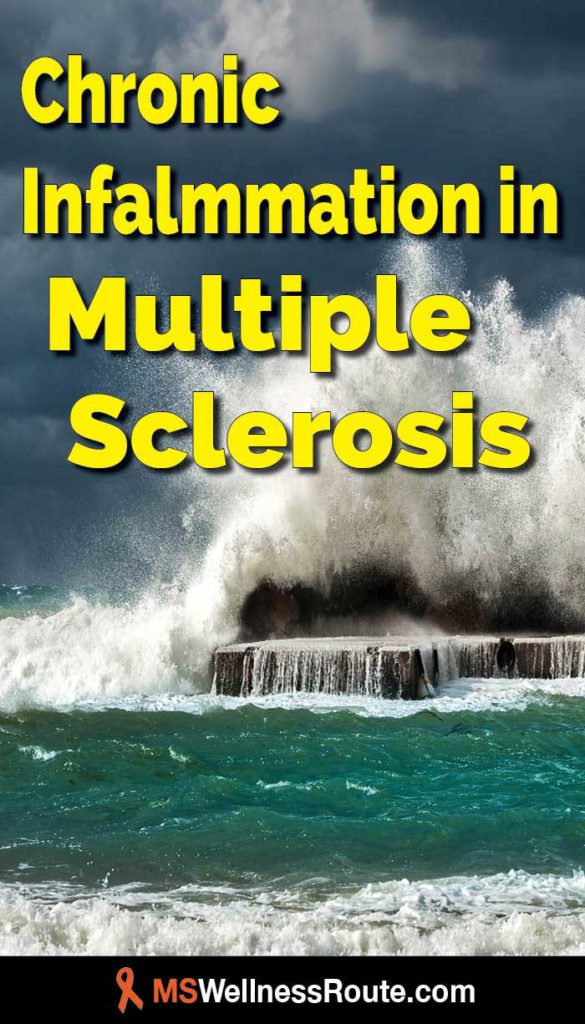Last Updated on December 5, 2023 by Cathy
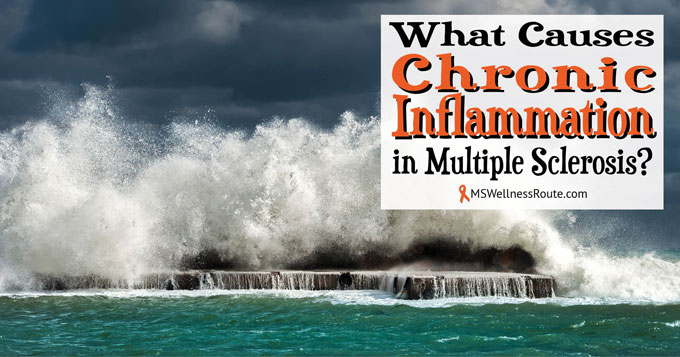
It’s now estimated nearly one million people in the USA are living with multiple sclerosis (MS). Fortunately, in the past several years researchers have learned a lot about MS. They believe people have a genetic predisposition to MS. But it’s chronic environmental inflammation such as a poor diet that triggers it. Meaning you can stop the progression by removing the inflammation.
Doctors aren’t trained to believe this, my neurologist once said “Diet doesn’t work.” Well, I’m proof that MS progression can stop. Even decades-old symptoms can be reversed. I suffered from heat intolerance for many years. I’m not sure exactly when it started but it was over twenty years ago. By removing inflammation, and cleaning up my diet and infections (Candida) the heat intolerance is gone. Granted, everyone is different and there’s no guarantee it will work but why not give it a try, you have nothing to lose but the symptoms.
Triggers to MS
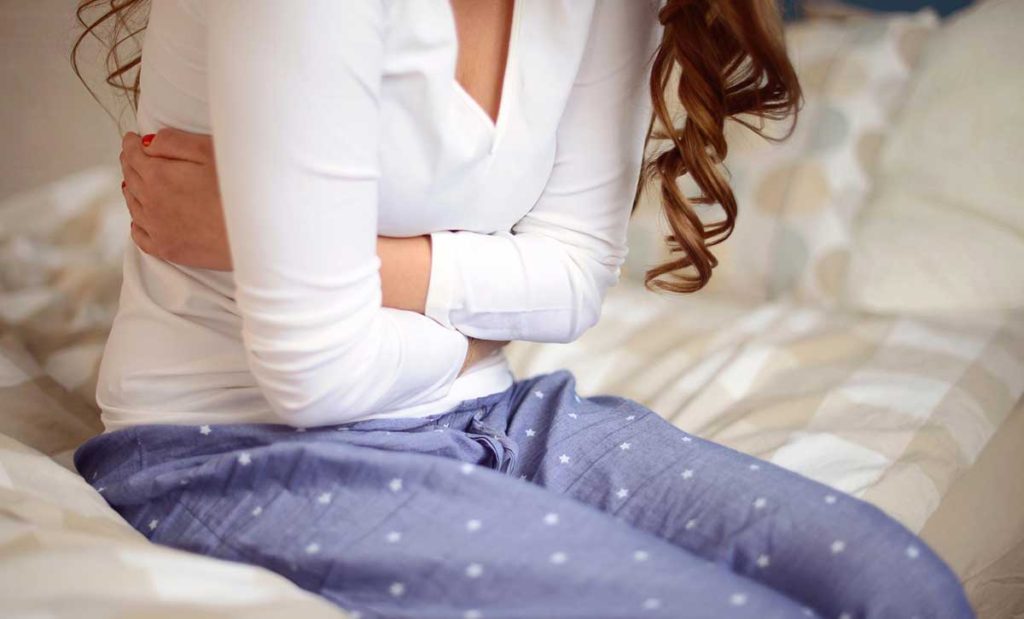
MS attacks the brain and spinal cord damaging the nervous system. But you need to look at your body as a whole. There have been many studies linking poor gut bacteria, or the lack of good bacteria, with MS. Researchers now know the gut and the brain talk to each other so you need to take care of your gut. Have you ever felt extremely stressed to where you felt sick to your stomach?
If you have MS you also have a leaky gut, a condition where your gut lining becomes permeable. A poor diet, medications, toxins, and stress all contribute to a leaky gut. Other factors such as yeast overgrowth also known as Candida can contribute to a leaky gut.
Possible triggers to MS:
- Poor Diet
- Infections (bacteria, parasites, viruses, and yeast overgrowth)
- Environmental toxins (heavy metals, mold, pesticides, etc.)
- Chronic stress
- Hormones (adrenaline, cortisol, etc.)
MS doesn’t happen suddenly over a year or two, you have to look back further even ten years prior to your first symptom. Plus, it may not even be from one trigger, it could be from several triggers.
You can print out a quick guide on how to remove inflammation, I’ve included how you can get this guide at the bottom of this post.
Chronic Inflammation
It’s still unknown why chronic inflammation develops into MS. Environmental factors such as poor diet and stress can lead to chronic inflammation. As these inflammatory triggers keep adding up, it stresses the immune system. Then, autoimmunity eventually sets in. Chronic inflammation even crosses the protective blood-brain barrier (BBB). Lesions are linked with the breakdown of the BBB.
In most cases, MS starts as relapsing-remitting (RRMS), and about 15-20 years later it evolves. Either into a secondary progressive (SPMS) or primary progressive (PPMS). Fortunately, there is something you can do. Removing the chronic inflammation will calm your immune system down so your body can heal.
Calm the inflammation
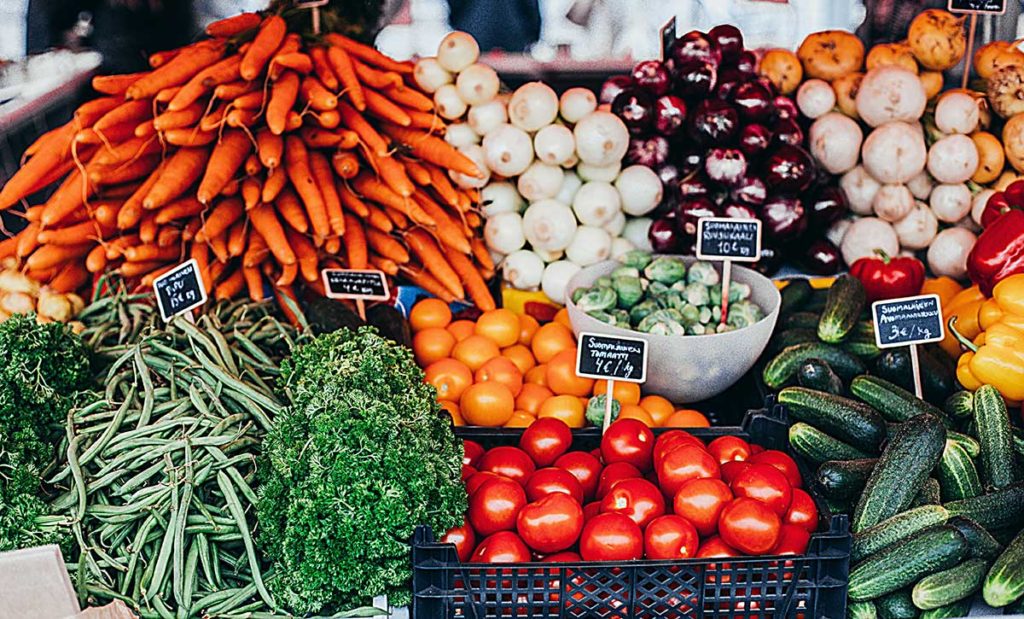
Hippocrates, known as the father of medicine, said “Let food be thy medicine.” He was right. By removing inflammatory foods and eating a nutrient-dense diet. This will allow your body to begin healing and protect it from inflammation and disease.
Gluten, dairy, and sugar bind themselves to bacteria. What you eat influences the bacteria to somehow control brain inflammation. People with MS also have intestinal permeability, known as leaky gut. A leaky gut happens when the tight junctions on the gut lining separate. This allows toxins and food particles to pass.
Fortunately, you can control your lifestyle choices to reduce inflammation. Remove inflammatory foods such as gluten, grains, dairy, refined sugar, and processed foods. Do an elimination diet to see if you have any food sensitivities, if so, you’ll need to remove them. This is how I discovered I was sensitive to nightshades.
Quick Links to Information in this post:
How to Start an Elimination Diet
Are nightshades bad?
How Antibiotics Cause Multiple Sclerosi
You should also remove alcohol, caffeine, nightshades, and any unnecessary medications (especially antibiotics). For Candida, SIBO, and parasites you need to avoid mushrooms (fungus), pork (parasites), and Kombucha since it has wild bacteria and yeast.
Eating for Health
Eat a wide variety of colorful fruit and vegetables, in season, and locally grown is best. If possible eat organic or grow your own to avoid pesticides. If it’s not possible at least buy organic if it’s on EWG’s Dirty Dozen List. Limit starchy vegetables since they are higher in carbohydrates. They raise your blood sugar levels more quickly. Bad bacteria and Candida feed on sugar. It’s best to eat these vegetables in moderation. Add antifungals to knock out Candida, bad bacteria, and parasites.
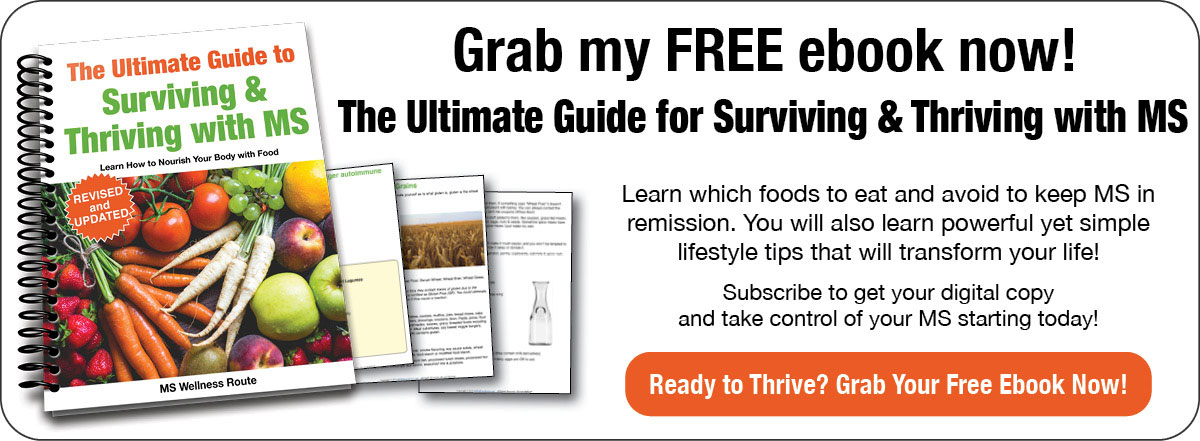
Healthy Organic Foods:
- Vegetables (dark leafy greens, colorful, cruciferous)
- Fruit
- Wild-caught fish
- Grass-fed meats
- Pasture-raised poultry
- Healthy fats
Take a probiotic to include good bacteria in your gut. It’s a good idea to include these after your first 30 days of eating a nutrient-dense diet. The reason is that they aren’t strong enough to kill the many years of bad habits so you’d be wasting your money. Once you start taking probiotics you may want to start with a smaller amount of cultures. For example, 10 probiotic strains and 50 live cultures, increase as you get used to them.
Fermented Foods
Fermented foods are very beneficial for adding good bacteria to your gut. Although, there is one big problem. If you also have Candida or small intestinal bacterial overgrowth (SIBO) don’t eat fermented foods.
The fermented foods can create more histamine in the body, which is an allergy response. Plus, they are feeding the Candida and SIBO. Down the road you can try adding fermented foods to your diet and see how your body reacts. Apple cider vinegar is the only fermented food that is allowed since it helps get rid of Candida, balances the pH, and is full of minerals.
Environmental Toxins
Toxins aren’t just in your food, there are everywhere. There are in the air, water, body care products, and household cleaners. It’s impossible to remove them all but the more you remove the less your body has to deal with.
Steps to a cleaner environment:
- Add household plants
- Avoid pesticides (on food and around your house)
- Eat clean food (natural and organic)
- HEPA air filters (individual or whole house)
- Natural body care products (deodorant, shampoo, toothpaste, etc.)
- Use natural household cleaners (baking soda, lemon, vinegar, etc.)
- Stainless steel or cast iron (NOT Teflon)
- Stop using plastic water bottles
- Water filters (tap or whole house)
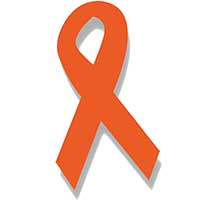
Quick Guide to Remove Inflammation
Get the password for the library with my Free Guide to Remove Inflammation here by filling out this form:
Want to Remember this? Save This Pin To Your Favorite Pinterest Board!
